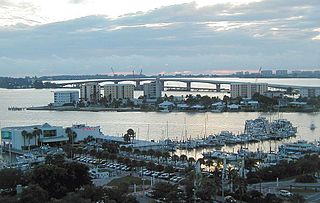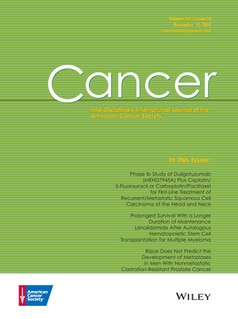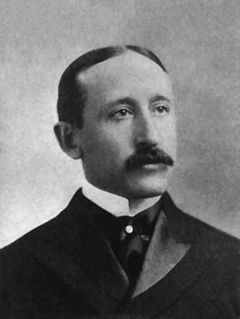
James Stephen Ewing was an American pathologist. He was the first Professor of pathology at Cornell University and became famous with the discovery of a form of malignant bone tumor that later became known as Ewing's sarcoma.

Memorial Sloan Kettering Cancer Center is a cancer treatment and research institution in New York City, founded in 1884 as the New York Cancer Hospital. MSKCC is the largest and oldest private cancer center in the world, and is one of 47 National Cancer Institute-designated Comprehensive Cancer Centers. Its main campus is located at 1275 York Avenue, between 67th and 68th Streets, in Manhattan.

Sidney Farber was an American pediatric pathologist. He is regarded as the father of modern chemotherapy for his work using folic acid antagonists to combat leukemia, which led to the development of other chemotherapeutic agents against other malignancies. Farber was also active in cancer research advocacy and fundraising, most notably through his establishment of the Jimmy Fund, a foundation dedicated to pediatric research in childhood cancers. The Dana–Farber Cancer Institute is named after him.
Lymphangiosarcoma is a rare cancer which occurs in long-standing cases of primary or secondary lymphedema. It involves either the upper or lower lymphedematous extremities but is most common in upper extremities. Although its name implies lymphatic origin, it is believed to arise from endothelial cells and may be more accurately referred to as angiosarcoma.

Yuan Chang is an American virologist and pathologist who co-discovered Kaposi's sarcoma-associated herpesvirus (KSHV) and Merkel cell polyomavirus, two of the seven known human oncoviruses.
Frederick or Fred Stewart may refer to:

Stephen S. Sternberg, M.D., F.C.A.P. is a retired American surgical pathologist, who worked at the Memorial Sloan-Kettering Cancer Center for his entire career.

Sophie Spitz, M.D. was an American pathologist who published the first case series of "juvenile melanoma,", skin lesions that have come to be known as Spitz nevi. For her contributions to pathology, and especially for her foresight in advocating the use of the pap smear when it was newly devised, she is recognized as a prominent pathologist of her time.

Joseph F. Fraumeni Jr. is an American physician and cancer researcher. Born in Boston, he received an A.B. from Harvard College, an M.D. from Duke University, and an M.Sc. in epidemiology from the Harvard School of Public Health. He completed his medical residency at Johns Hopkins Hospital and Memorial Sloan-Kettering Cancer Center. He then joined the National Cancer Institute at the National Institutes of Health in 1962 as a commissioned officer of the U.S. Public Health Service, becoming the founding Director of the Division of Cancer Epidemiology and Genetics in 1995. He stepped down from this position in 2012 to become a senior investigator and advisor to the National Cancer Institute.
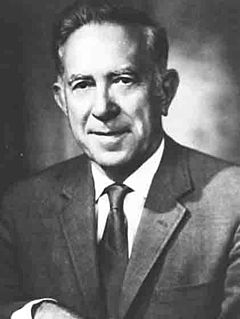
Lauren Vedder Ackerman was an American physician and pathologist, who championed the subspecialty of surgical pathology in the mid-20th century.
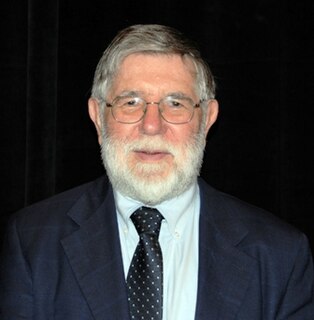
Juan Rosai, M.D. is an Italian-born American physician who has contributed to clinical research and education in the specialty of surgical pathology. He is the principal author and editor of a major textbook in that field, and he has characterized novel medical conditions such as Rosai-Dorfman disease and the desmoplastic small round cell tumor. Rosai is also well-known because of his role as teacher, mentor and consultant to many American and international surgical pathologists.
Sharon Ann Whelan Weiss, M.D. is an American pathologist who is best known for her contribution to the subspecialty of soft tissue pathology. She is the main author of Soft Tissue Tumors, one of the most widely used textbooks in the field of sarcoma and soft tissue pathology. She is also well known for her seminal descriptions of multiple soft tissue tumors, such as epithelioid hemangioendothelioma and pleomorphic hyalinizing angiectatic tumor of soft parts ("PHAT") among others. She has also mentored and trained other well-known soft tissue pathologists.
George Bosl is an American cancer researcher, holder of the Patrick M. Byrne Chair in Clinical Oncology at the Memorial Sloan-Kettering Cancer Center in New York City, and is a Professor of Medicine at the Weill Cornell Medical College. In 1997 he was appointed chair of the Department of Medicine at Sloan-Kettering.
Leopold George Koss was a physician, pathologist, and professor at the Albert Einstein College of Medicine. He has been called "one of the founding fathers for the field of cytopathology".
Christopher D. M. Fletcher is a British pathologist who has written more than 500 peer reviewed articles and is a chairman of the World Health Organization's Working Group on the Pathology and Genetics of Tumours of Soft Tissue and Bone. He graduated from London's St. Thomas’s Hospital Medical School and got his M.D. degree from the University of London in 1991. Later on, he became a postdoc at the Royal College of Pathologists, from which he also graduated in 1988. He was trained at St Thomas' Hospital and was President of the Association of Directors of Anatomic and Surgical Pathology from 2003 to 2006. Currently he is a President of both the Arthur Purdy Stout Society and the International Society of Bone & Soft Tissue Pathology and is also a surgical pathologist at the Brigham and Women's Hospital. He also works for the Dana-Farber Cancer Institute in Boston, Massachusetts as chief of onco-pathology.

Carlos Cordon-Cardo is a Spanish-born American physician and scientist known for his research in experimental pathology and molecular oncology. He holds the "Irene Heinz Given and John LaPorte Given" Chair in Pathology at Mount Sinai School of Medicine.

Miguel A. Sanchez is a board-certified pathologist who specializes in anatomic pathology, clinical pathology and cytopathology. Sanchez is chief of pathology and medical director of The Leslie Simon Breast Care and Cytodiagnosis Center at Englewood Hospital and Medical Center in Englewood, New Jersey. He is best known for his contribution in setting the standards of diagnosis and treatment of breast and thyroid disease praised by the United States Congress in 1994.
John Bruce Beckwith is an American pediatric pathologist known for helping to identify Beckwith-Wiedemann syndrome, which is partly named after him. He is also known for his role as reference pathologist for the National Wilms Tumor Study Group, a position he held from 1969 until his retirement thirty years later. He is also recognized for his research on sudden infant death syndrome, which he helped to define in the 1960s.

